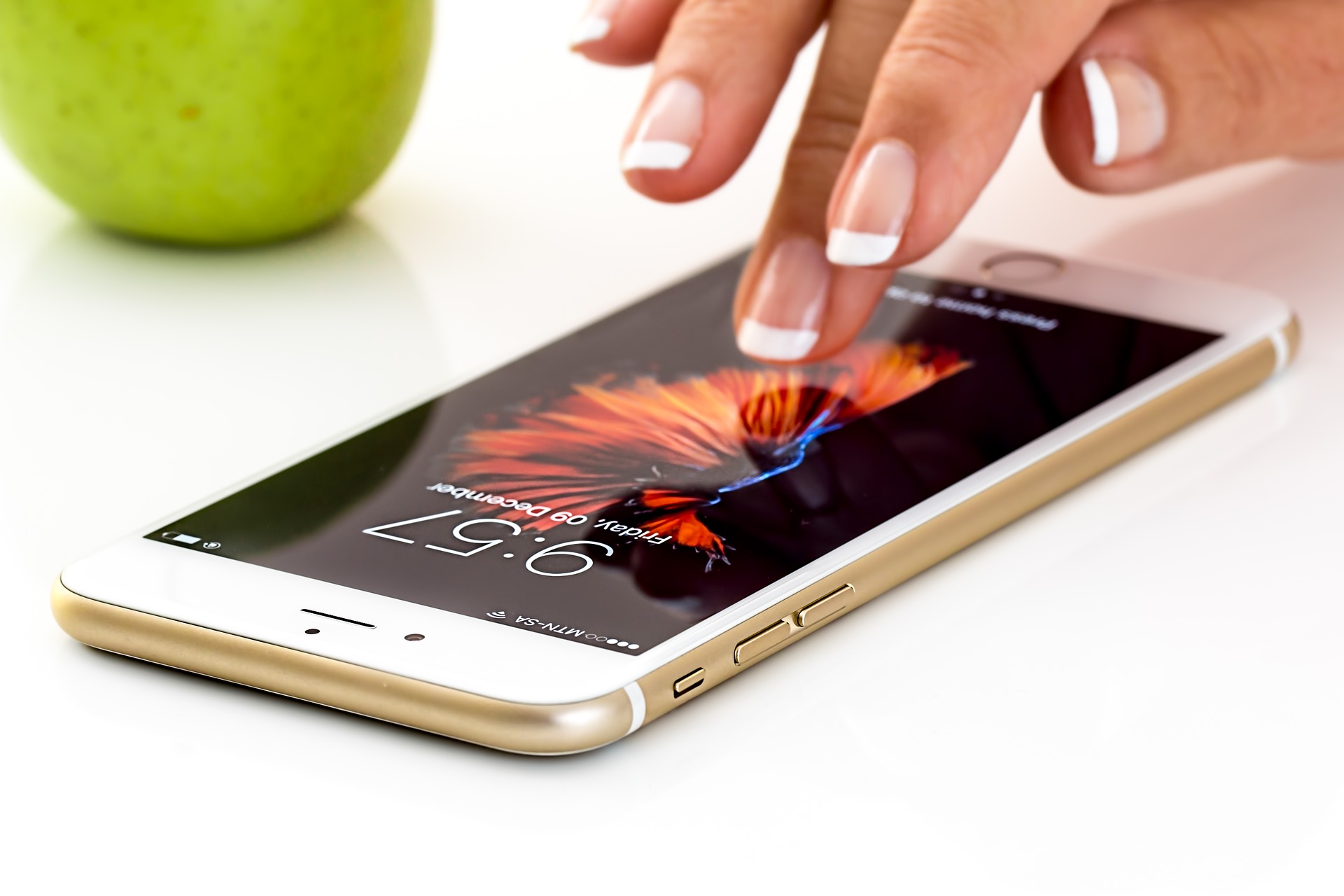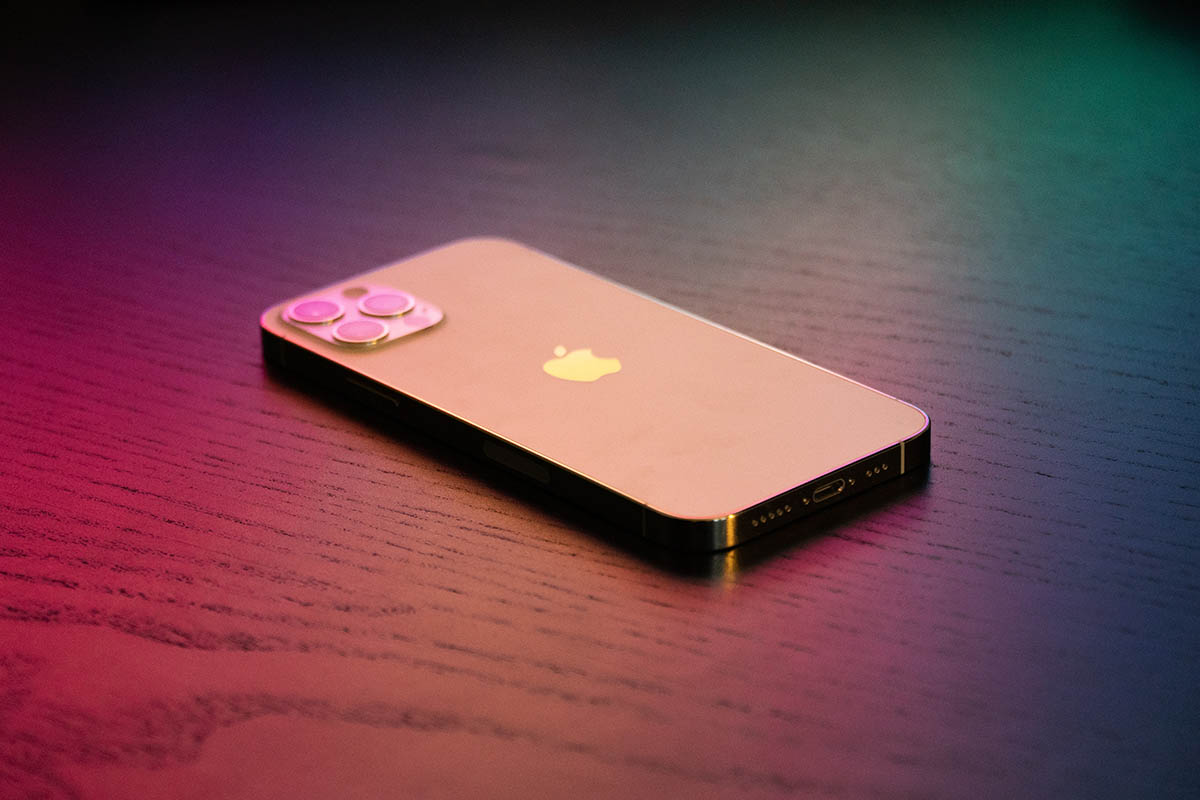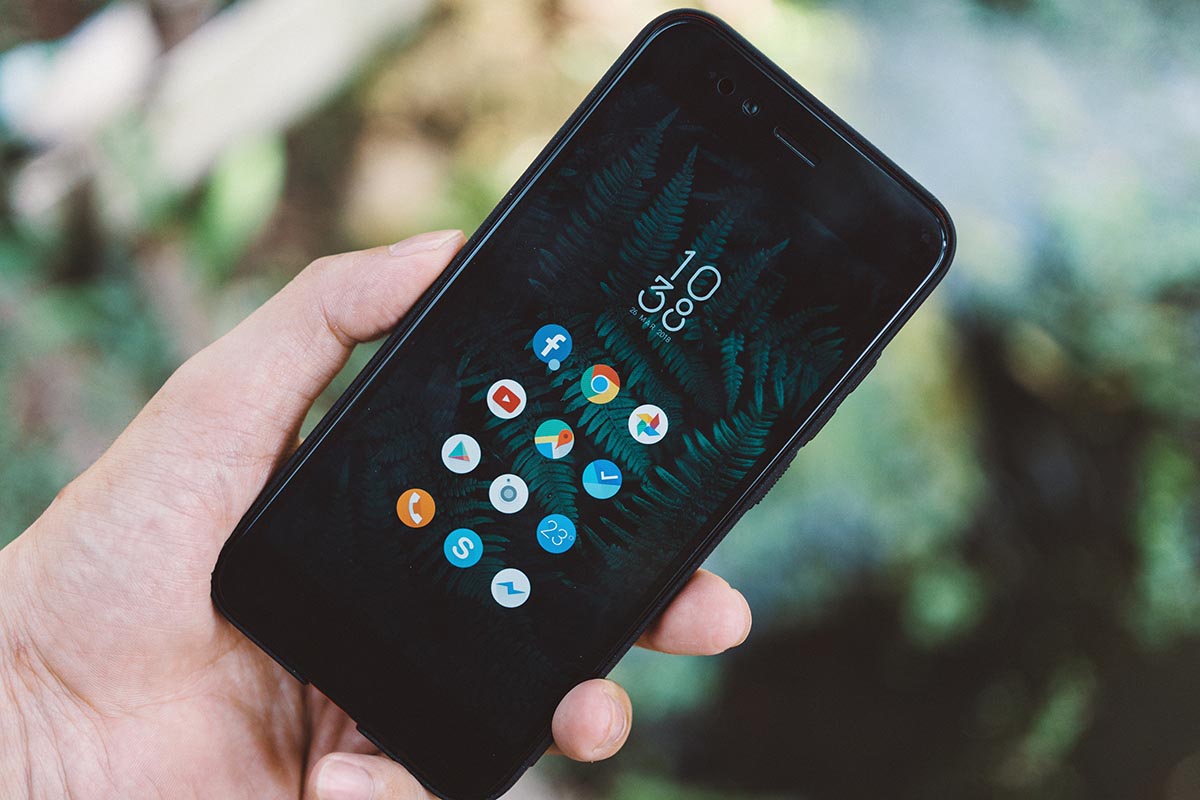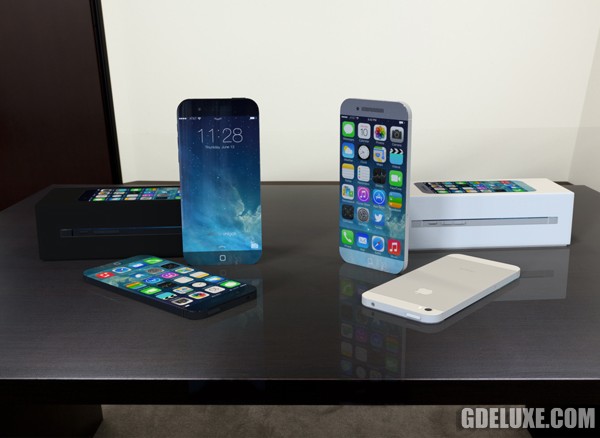Why are people going to keep using SMS?
In the U.S., the promise of the future in accessing mobile information via WAP or a rich client application casts a shadow on SMS, better known as text messaging or “texting.”
According to conventional wisdom, WAP and downloaded client applications are the holy grails of mobile, with their ability to deliver splashy, colorful landing pages, images and videos to consumers on their mobile phones. Companies like AOL are snapping up WAP advertising startups like Third Screen Media with the belief that, as devices and networks improve, increased consumer adoption will follow.
But SMS is no underdog. It has enormous adoption now, is very versatile and useful and is going to persist, even if the handsets and networks catch up to the hype being created around WAP and clients. It’s not like the industry is slamming text messaging, most just ignore it for the razzle-dazzle of newer technology. But some are realizing where the real volume is. Maybe more importantly, SMS has the highest overall usage rates in the US (37%) compared to WAP (14%) or wealthy clients (6%).
Why are people going to keep using SMS?
1. My mother can use SMS
SMS is simple. My mom can text message, but she doesn’t have a clue how to go to a website on her cell phone or download a client application. As much as people think they want the cutting edge technology, when you want information right now, you’re going to go straight to the quick and easy feature that you know how to use, which is text. Answers come fast, efficiently, and on any device, not just the newest and hottest.
2. People (including my mother) are using it NOW
I think the market’s default assumption is that it will eventually be able to replicate the web or a desktop experience on a cell phone. That assumption overlooks the widespread adoption of what’s already in most people’s hands. Unlike the new, and more expensive technologies, text messaging works for almost everybody, right now. People don’t change when they have a tool that already works. Eighty-eight percent of US Internet users said they used text messaging; WAP and clients didn’t even make this list.
3. SMS is asynchronous
That’s fancy talk for being able to do the following (not possible with WAP or a client): You can send an SMS, then turn off or put away your phone and get the response later. You don’t need to keep your phone open to wait for a page to download. You can also store the information from an SMS permanently in your inbox.
4. Check out Europe and Asia
Take a look at how SMS has taken off in Europe and Asia. In the UK, you can get local election results via SMS. You can order a pizza or a taxi via SMS. Despite access to faster networks and more advanced handsets, in Asia, as much as 72% of mobile revenue comes from text messaging.
5. Pushing the Possibilities
The fact that SMS is the only actual “push” mechanism for mobile information makes it quite compelling. Want sports updates or traffic information sent to you automatically? The only mobile medium for this type of service is SMS. Although users can visit WAP sites or receive email on their best Android phones, SMS has both the simplicity and the immediacy to encourage ongoing usage and broad adoption. Also, anyone can receive a text message alert. They can set it up on the web and still get the value of staying in the know on the go. They don’t even have to know how to send a text message or how to send SMS using internet connection!
Today, SMS accounts for approximately 75 to 80 percent of non-voice service revenues worldwide. Despite all the noise around WAP and the latest technologies, most of the action is in SMS. Traditional media companies (online, print, TV) and advertisers are taking notice. I’m not saying that browsing the web on your phone isn’t going to become better and that new handsets won’t continue to offer great experiences. You need to be able to browse for some things. Just don’t overlook SMS: this technology isn’t going away.




















